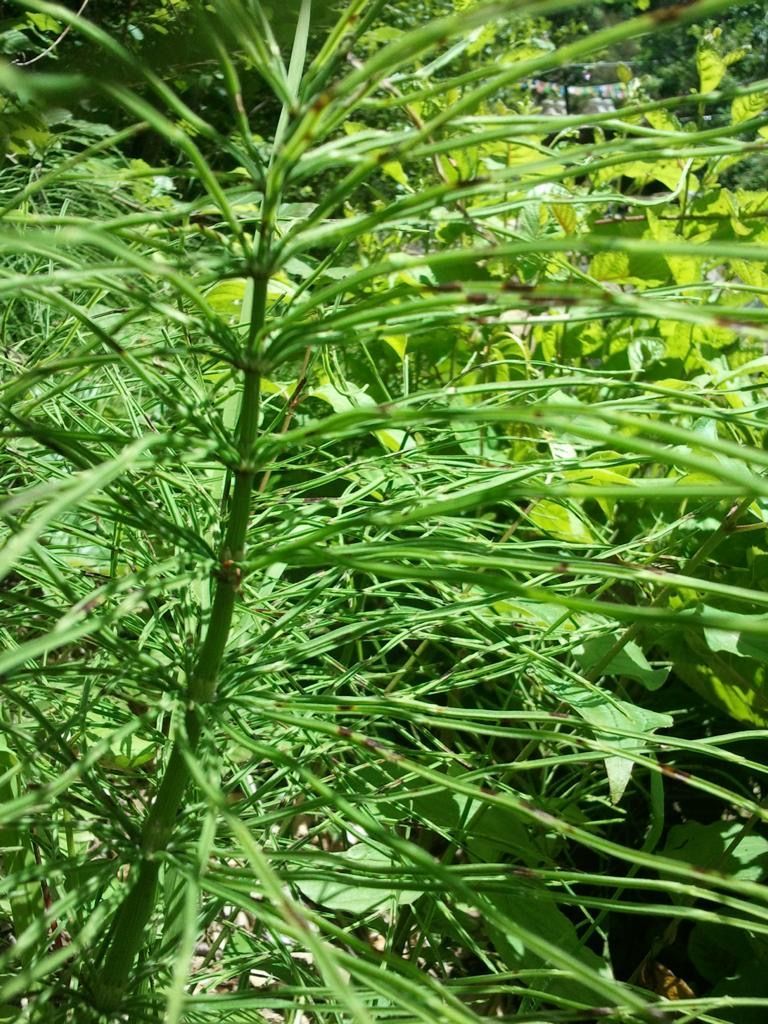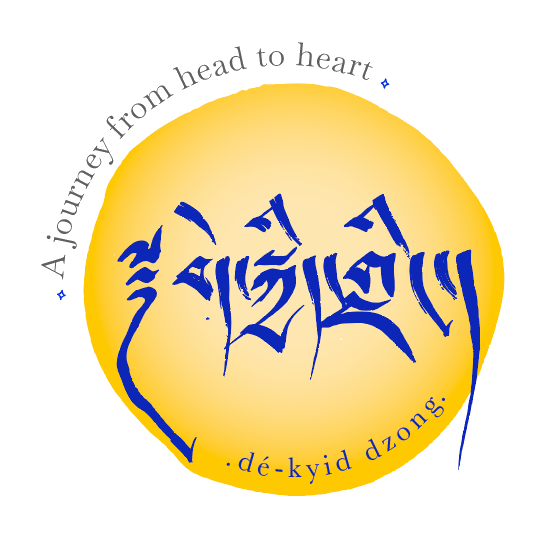Common Horsetail
I- Nomenclature
Latin name: Equisetum arvense
Family : Equisetaceae
Common names: Field horsetail, common horsetail
Etymology
The name "Equisetum" comes from the Latin "equus": horse and "seta": silk.
The vernacular name of "horsetail" also has a Latin origin, "asperella" means "harsh": in reference to the silica of the stems which made it possible to scour or polish.
II- Legends and traditions
Horsetail existed at the very beginning of the creation of the earth, more than 270 million years ago, it was found in fossils dating from the Paleozoic. At that time, she was 10 meters tall. Pliny said "its nature is so wonderful that barely touching it is enough to spill the blood of patients."
III- Botanical description
Description: This 20 to 50 cm perennial plant has two types of stems: fertile stems (March-April) or spore-bearing stems from 10 to 25cm, simple, reddish, carrying at their end an oblong spike, formed of whorls of small scales very close together in the form of peltate escutcheons. stems sterile (May-July), hollow, grooved, green, articulated at the nodes of 20 to 60 cm, bearing whorls of slender branches, simple, light green, with 4 angles, rough, articulated. In this species, this sheath has 6 to 12 dark teeth.
Habitat: acidic and clayey, humid soils, forest edges, ditches all over Europe up to 2500 m.
Harvest: throughout the growing season
Pars used : Sterile rods
IV- Active ingredients
|
Sterile rods |
|
• Mineral salts: Silicon (Si, 5-10% including a soluble and organic part), Potassium (K) in large quantities; Ca, Fe, Mg, Na • More than 15 flavonoids (malony-glucopyranoside, protogenkwanine glucoside, isovitexin, kaempferol and queercetol heterosides) • Phenol acids, phenolic derivatives (onitine and onitine 9-0- glucoside) • Polysaccharide (beta-glucans) • Sterols, ascorbic acid • Traces of alkaloids |
V- Therapeutic uses
Properties
|
Sterile rods |
|
• Astringent • healing • diuretic • hemostatic: stops bleeding • remineralizing |
Indications
Decalcification: fractures (promotes the formation of bone callus), osteoporosis, nails.
Treats rheumatoid arthritis and osteoarthritis.
Relieves pain if joint or rheumatic problems.
Bleeding: epistaxis (nosebleed), hemorrhoids, metrorrhagia, rectal bleeding, hemoptysis.
Wounds, ulcers, sores, itching, contusions and various skin diseases.
All diseases of the kidneys and bladder: dysuria, urinary stones and pain, gravel, cystitis, renal colic, lithiasis, dropsy, albuminuria, urinary incontinence, glycosuria. Perspiration of the feet, rosacea.
Dosage
Capsules: Taking horsetail in capsule form may be more convenient than in juice or decoction form. Use for kidney problems.
Poultice: Use the powder to make a paste and apply to leg ulcers, wounds, and frostbite.
Decoction: kidney problems. 50gr of dry plant for 1 / 2l of water. Boil 1 / 2h. Drink 3 cups / day. Fluid extract: 2 to 5g / day: diuretic; 5 to 20g / hemostatic.
Gargle: dilute a decoction and use for infections of the mouth and gums or for inflammation of the throat.
Infusion: 2grams of stems infused for 15 minutes in 150ml of boiling water.
Remineralizing powder: 1 to 2 grams before meals. Or 3 teaspoon / day to put in the diet (salad, yogurt ..).
Fresh juice: 20 to 30g / day: anti-hemorrhagic.
Mother tincture: 10ml 3 times a day.
VI- Precaution of use
Contraindication
Do not take horsetail if you have edema associated with heart or kidney dysfunction, as well as severe liver or kidney problems. Not recommended for pregnant or breastfeeding women because of its nicotine content.
Interactions
The slightly diuretic effects of horsetail could be added to those of other plants or of synthetic diuretics. It could cause dangerous dehydration for people taking lithium. Due to its diuretic effects, it can cause a loss of potassium, which can be dangerous for people treated with a drug of the digitalis family.


